Industry News

Why Fully Water-Soluble Fertilizers Outperform Conventional Ones?
Fertilizers play a crucial role in plant growth, providing essential nutrients that are often lacking in the soil. They are like a balanced diet for plants, enabling them to develop strong roots, lush foliage, and abundant fruits or flowers. There are two main types of fertilizers that farmers and gardeners often choose from: water - Soluble Fertilizers and ordinary fertilizers. Each has its own characteristics, but in recent years, water - soluble fertilizers have been gaining more and more attention due to their unique advantages. In this article, we will explore in detail the differences between water - soluble fertilizers and ordinary fertilizers, especially focusing on the benefits of water - soluble fertilizers and their diverse application scenarios.
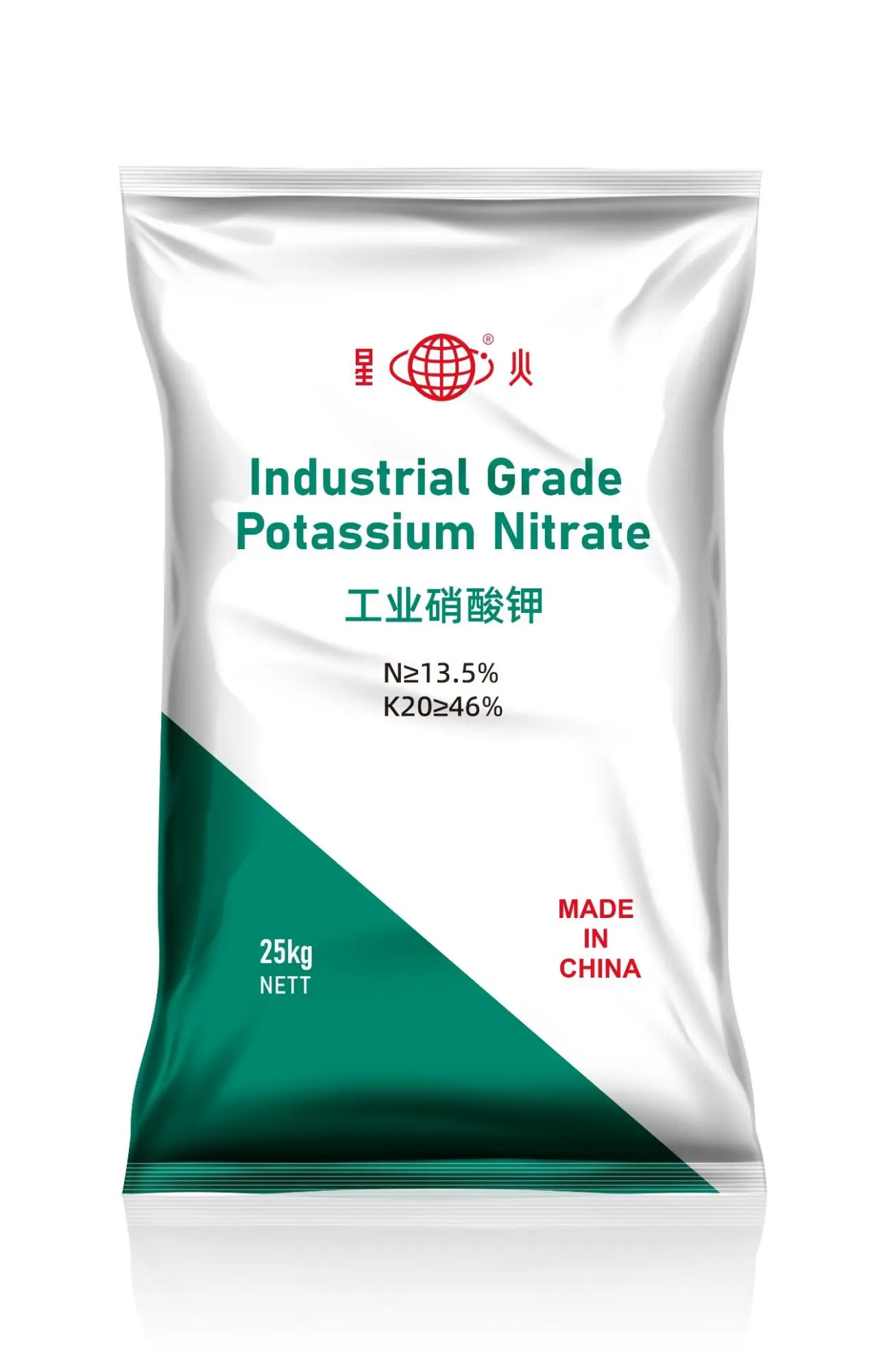
Potassium Nitrate: The Versatile Performer in Agriculture and Industry
In today's industrial and agricultural production, one fundamental chemical is playing an indispensable role - Potassium Nitrate (KNO₃). This white crystalline powder may appear ordinary, but it serves multiple crucial functions in both farming and industrial applications. Whether you're an agricultural purchaser or industrial raw material supplier, understanding the comprehensive applications of potassium nitrate will bring new opportunities to your business.

A Balanced Nutrient Powerhouse for Diverse Crops
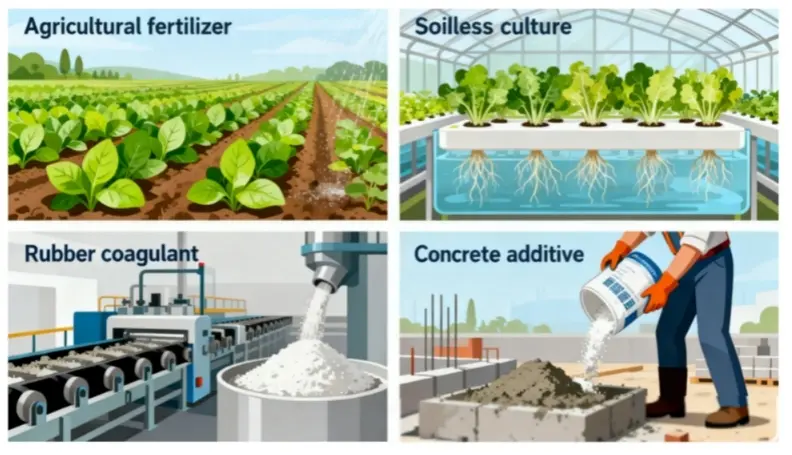
Calcium Nitrate: Dual Benefits of Calcium and Nitrogen for Stronger Crops
Calcium nitrate is an inorganic compound valued for its high solubility and dual nutrient content. It is a versatile material critical to modern agriculture, industrial processes, and construction technology.
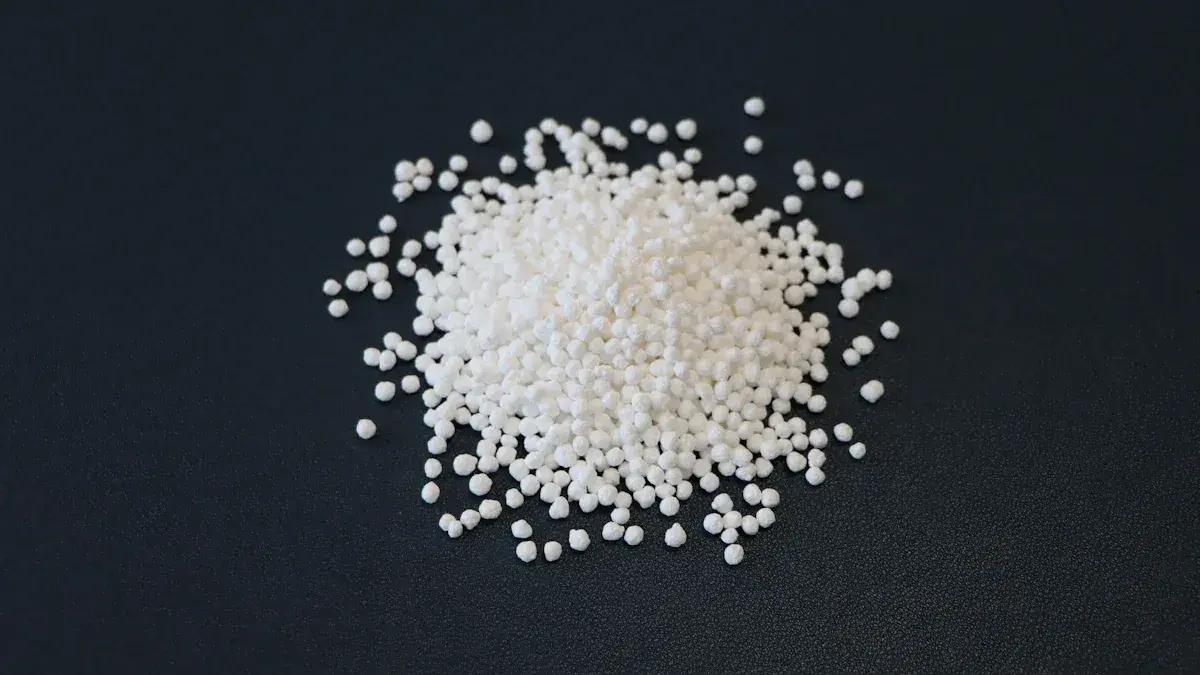
Key Differences Between Calcium Ammonium Nitrate and Ammonium Nitrate
When you compare calcium ammonium nitrate to ammonium nitrate, you see clear differences in their makeup and nutrient value. Calcium ammonium nitrate contains both nitrogen and calcium, while ammonium nitrate only supplies nitrogen. The table below shows how each fertilizer supports soil health.

Fuming Nitric Acid vs Concentrated Nitric Acid Explained
When you compare concentrated nitric acid and fuming nitric acid, you notice that the fuming type contains more HNO3 and gives off strong fumes. Take a look at this table to see the difference in concentration.

Urea Ammonium Nitrate Solution (UAN): A Game-Changer in Agriculture
In recent years, the agricultural industry has been in search of more efficient and environmentally friendly fertilizers, and Urea Ammonium Nitrate Solution (UAN) has emerged as a leading candidate. UAN is a water-soluble fertilizer made from a mixture of urea, ammonium nitrate, and water. It has become increasingly popular in the global agricultural market due to its unique properties and significant benefits, addressing both the productivity needs of farmers and the sustainability goals of the industry.
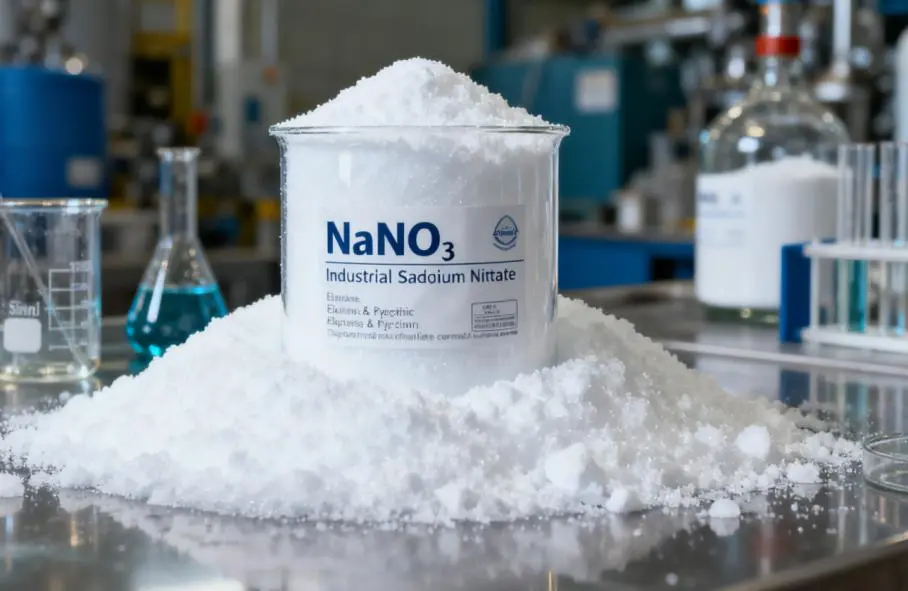
Sodium Nitrate (NaNO₃) | Precision Purity for High-Tech & Industrial Applications
Sodium nitrate (NaNO₃), also known as nitratine, is a highly versatile compound produced through advanced nitric acid synthesis and efficient NOₓ tail gas recovery. With two distinct grades—Molten Salt Grade for ultra-pure applications and Industrial Grade for robust cost-effectiveness—sodium nitrate serves a wide spectrum of industries, from renewable energy and metallurgy to glass manufacturing and chemical synthesis.
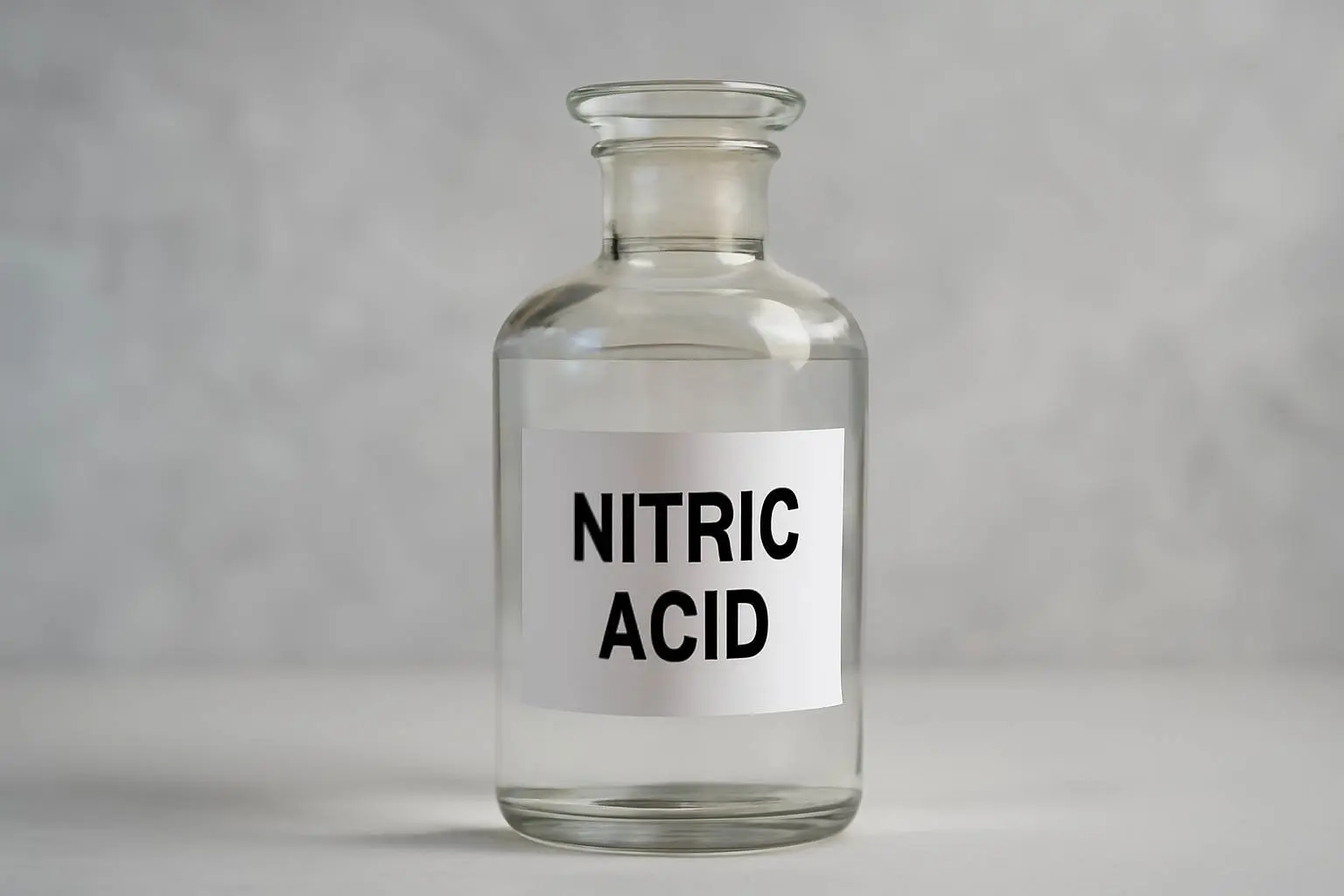
How Concentrated Nitric Acid Shapes the Future of Industrial Efficiency
You see concentrated nitric acid shape modern industry in many ways. Its high reactivity and purity help you achieve faster, more controlled results.The concentrated nitric acid market reached USD 25.19 billion in 2021.It is projected to grow to USD 33.43 billion by 2029.

What Is 60 Percent Nitric Acid and How Is It Used
You encounter Nitric Acid 60% as a solution that holds 60% pure nitric acid by weight. This chemical acts as a strong oxidizer and supports many industries.You see it most in agriculture, where it helps create fertilizers. In mining and metallurgy, it aids in producing explosives. Automotive, pharmaceuticals, and water treatment also depend on this compound.
